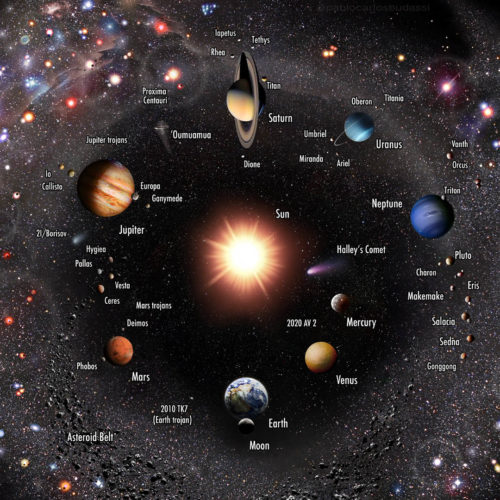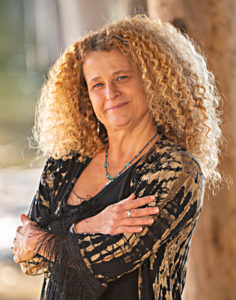Our Evolving FCEA Curriculum
Dean’s Update, June 2023
Our Evolving FCEA Curriculum
Greetings, FCEA community! During the long days of June, I have been working with Steven to put the final touches on a new course we are opening mid-month. FCEA 305: Chiron and Eris is the last 300-level class prior to the masters-level practicum. I have to admit it is a bittersweet moment for me as FCEA Dean. I have enjoyed working alongside Steven, slowly writing our curriculum, one course at a time. We started back in 2019, continued through the pandemic and then kept going, even as the FCEA was growing as a new school. It has been such an enriching experience for me.
There is something about the learning that takes place when writing class content that is hard to replace as a method for polishing one’s own skills as an astrologer. Now that most of the classes are written and the school is flourishing, I can look back and take stock of what we have created. I sincerely hope it provides a good, solid education in evolutionary astrology. We tried our best and I think we succeeded!
My ever-curious and inquisitive Gemini Moon recognizes the FCEA curricular projects may never quite end. Curriculum development is always on-going and certainly other topics will surface. But at least the main foundation of the FCEA masters program is now in place.
We end the 300-level in-depth focused study of the planets with little comet-like Chiron and mysterious, slow-moving Eris, just barely a newborn in our expanding concept of our solar system.


